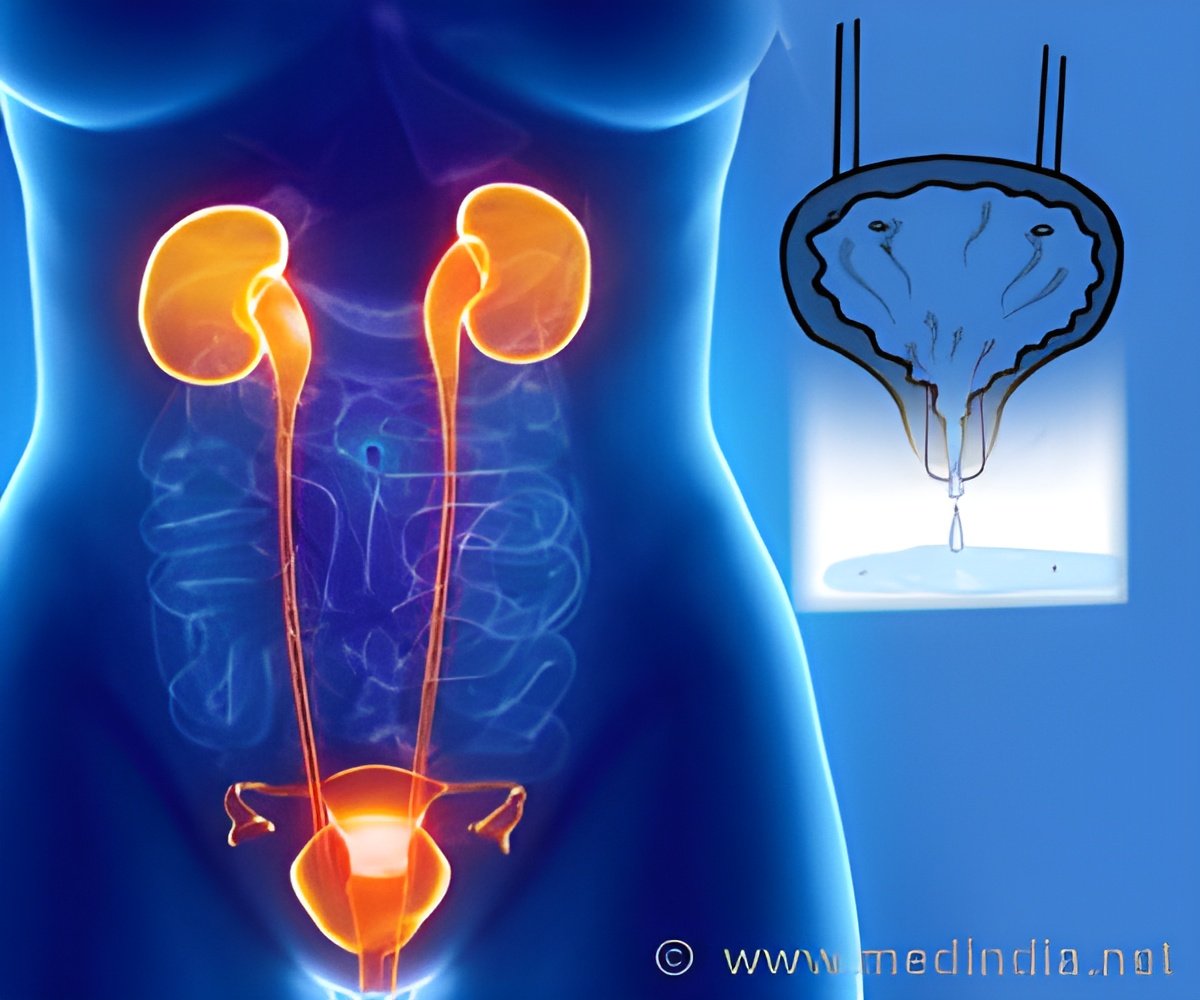
‘New study compares effectiveness of prasterone and hyaluronic acid in treating symptoms of mild to moderate urinary urgency in women with genitourinary syndrome of menopause.’
Tweet it Now
A number of moisturizers and lubricating agents are currently available to treat less severe cases of vulvar and vaginal atrophy, whereas local and systemic hormone therapies have proven effective in more severe cases. Hyaluronic acid is an example of an effective lubricant often prescribed for this purpose.
Menopause and Urinary Incontinence
When it comes to the treatment of urinary symptoms of GSM, however, there are fewer options on the market. Systemic hormone therapy, for example, has proven to have little to no beneficial effect. However, several studies suggest that the local administration of vaginal estrogen may improve the symptoms of urge incontinence.Vaginal administration of prasterone (a component of hormone therapy) in the form of pessaries has proven highly effective in the treatment of vulvar and vaginal atrophy, but there are few studies to demonstrate its effectiveness on the urinary symptoms of GSM.
A new study done aimed to assess the effects of prasterone on symptoms of mild to moderate urinary urgency compared with hyaluronic acid in women with GSM. Urinary urgency occurs when the pressure in the bladder builds suddenly, making it difficult to hold urine.
Although small, this 12-week study supports the hypothesis that prasterone may effectively improve the severity of urinary urge incontinence in women with GSM. Larger studies are needed to conclude its effectiveness, especially when compared with hyaluronic acid.
Study results are published in the article "Prasterone in the treatment of mild to moderate urge incontinence: an observational study."
Advertisement










